Maintaining a youthful, vibrant look after a facelift may become more difficult as time goes on, depending on your genetics, exposure to sun damage, and a host of other factors. In this blog post, I’ll discuss why some people may want a second surgery and explain the factors that affect secondary and revision facelift surgical plans.
How Long Does a Facelift Last?
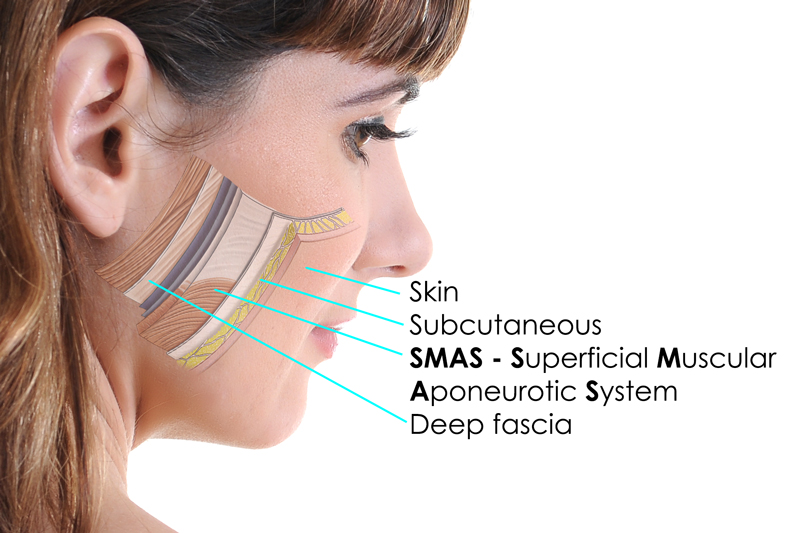
Dr. Kenkel: Depending on the patient type and their presentation, a high SMAS facelift should last a patient a good 8 to 10 years or more, but it won’t last forever. We routinely see patients who have a history of a prior facelift. It could have been 20, 10, or even 1 year ago.
There are many reasons why a person may require “another” facelift or a revision to their first one:
- Time: Gravity is strong! Over the years gravity will continue to play a role. It not only keeps us on earth but affects our bodies.
- Diet: We have weight fluctuations.
- Exposure to the elements: Sun, wind, cold, and humidity affect skin tone.
- Aging: Our skin loses tone through the loss of collagen and elastin.
Why Do Facelifts Fail?
Sometimes on occasion, things just don’t turn out the way you had envisioned. There are several reasons this may happen:
- When you start out with thinner tissues that lack tone or substance, you can expect to have some recurrent laxity, meaning even though we pull the tissues tighter during surgery, they may loosen up over time. We can often predict which patients may have this happen and anticipate that they may require a revision after their primary procedure.
- In others, you have to accept that we are tightening and improving the shape of the neck (beneath the chin) from a more “remote” site, in front of and behind the ears. (see illustration) Because this requires us to “translate” the pull from the chin area to the ears, it is not as strong as if we were pulling directly at that neck, which would mean the incision would be at the neck
- Alternatively, simply put, the operation was not executed as intended. Even though we had the best of intentions, we just were not able to carry out the procedure as planned. Fortunately, when you are cared for by a board-certified plastic surgeon, this should rarely be responsible for a result you are not happy with.
What To Expect From a Second Facelift
Most importantly, we have to determine the cause of failure of Operation #1. Secondly, it is nice to know exactly what was done the last time to better prepare us as to how we might deal with the various tissues this time. Obtaining old records from the prior surgeon (if it was someone else) is often helpful. For example, if we know that the prior surgeon performed a very good tightening of the neck muscles in the mid-line, we often do not have to go back in and repeat that.
What is unpredictable is how much scar tissue will be present this time and whether it changes how we manage the deeper layers termed the SMAS. My preference is to release under the SMAS and perform what many term a “High SMAS” allowing for tension on the deeper layers preventing distortion and enhancing the longevity of the procedure. When I return to my patients, I always know exactly what was done the last time, making it a bit easier. That being said, on occasion, there may be so much scar tissue in the plane that we cannot safely elevate the SMAS again.
*Remember, there are important blood vessels and nerves beneath this layer. (see diagram, right) In this case, we may elect to stay on top of this layer and perform a “plication” instead.
How Soon Can You Have a Revision Facelift?
If a revision is performed because of recurrent laxity of the area under the chin, we often wait between 6 to 12 months to do this. It is a fairly simple procedure that often involves just releasing the skin behind the ear and a little bit onto the neck and jawline. Through that incision, we can tighten the deeper tissues and remove a bit more skin (again, deep tissue tightening is the most important component). This can be done under local or sedation in the office or operating room. Remember in this circumstance, this may be an expected outcome in a patient with severe loose skin or very thin skin.
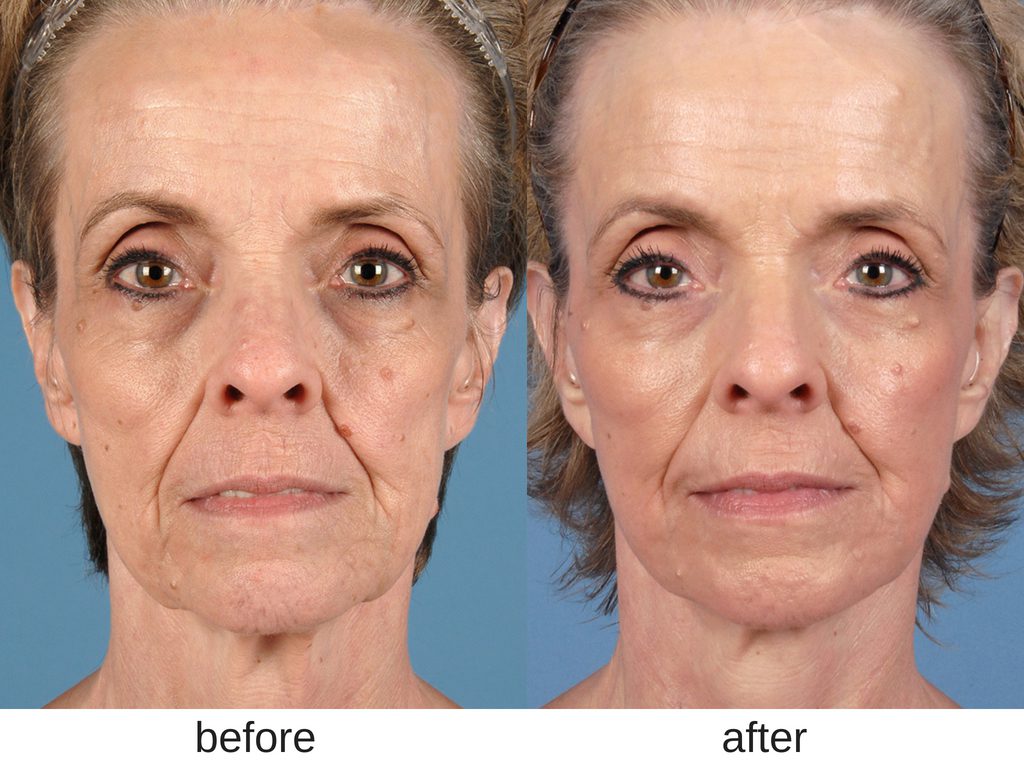
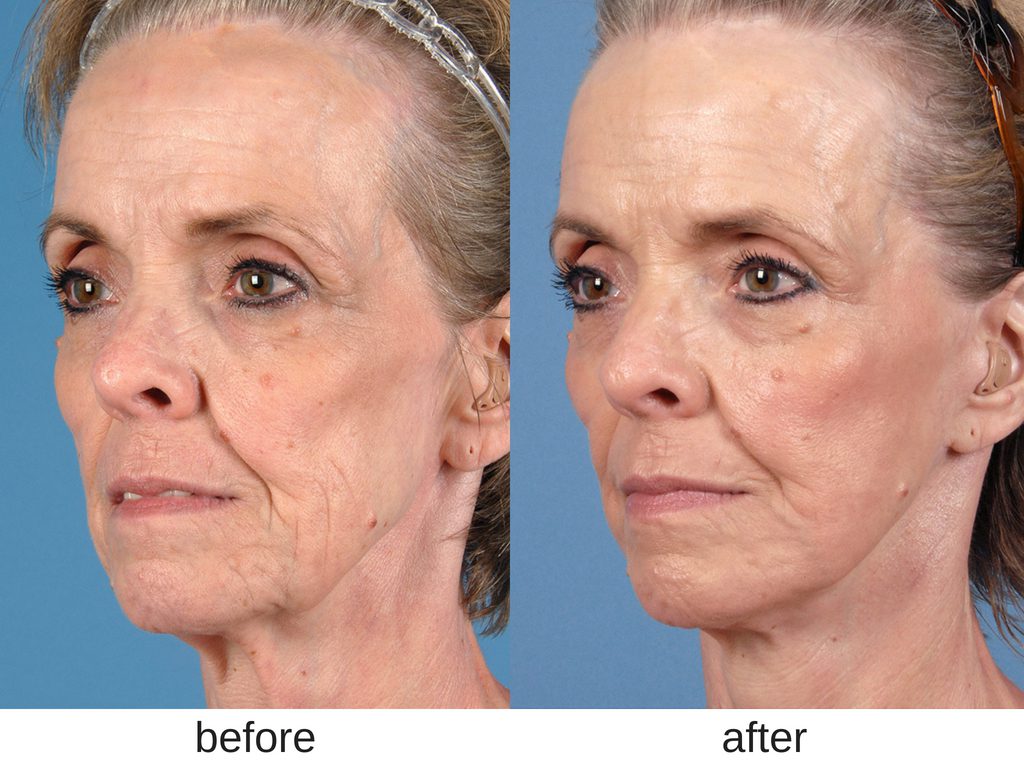
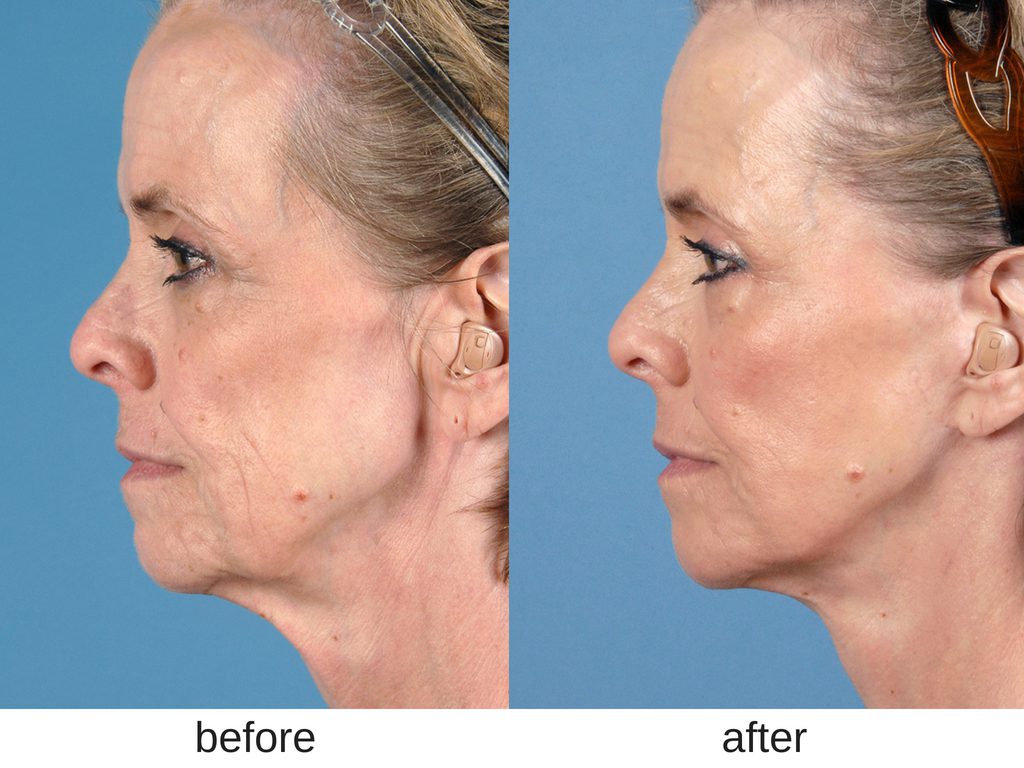
Pictured above is a 64-year-old patient who had a prior facelift and desired a secondary facelift. She was a good candidate for the procedure and had pleasing results, despite having thinner skin. She is shown 9 months after her 2nd facelift. You can see more facelift before-and-after pictures in our photo gallery and learn more about how we create natural-looking rejuvenation in a related blog post.
Is a Second Facelift Safe?
The safety of our patients is first and foremost, so we’ll evaluate your facial structure, skin, and prior surgical records carefully. You may have to accept a slightly lesser result that is safer than simply trying to do a more aggressive operation. For this reason, it is important to enter a secondary or revision facelift with a proposed plan but have backup #1 and #2 in your mind in case we have to change the plan due to scar tissue from the prior procedure.
What Should You Know About Facelift Revision?
Other things to appreciate about a second facelift:
- We can often use the same scars as used before and, if necessary, take advantage of the opportunity to modify or revise the scars to improve their quality or location.
- Secondary procedures are often less about skin removal and more about deeper tissue repositioning to achieve the result intended.
- Procedures performed in an area of prior surgery often result in a bit more swelling and can take longer to recover from.
It is important to understand that we can often achieve a 10- to 12-year change but not a 30-year change! Fortunately, our patients understand this. We enter a secondary facelift procedure with similar goals, shifting the deeper tissues, adding fat when necessary, and removing any extra skin when needed. Revision facelifts can be more challenging because of the scar tissue encountered and may have to have slightly different expectations and goals so that safety is maintained. The goal of a facelift is to help patients turn back the clock, allowing them to look as good as they feel.
If you’re in the Dallas area and considering a revision facelift, use our online form to request a consultation. You can also call us at (214) 645-3112 to schedule an appointment.


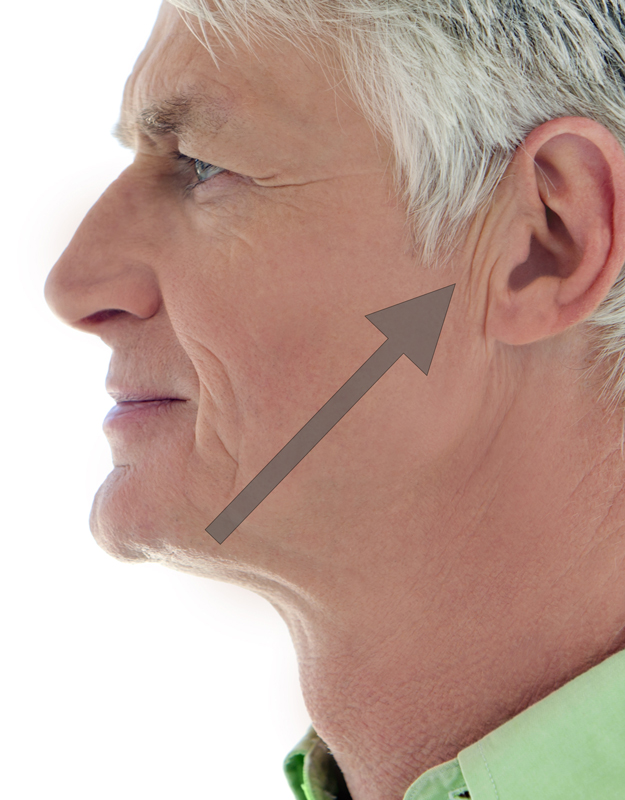
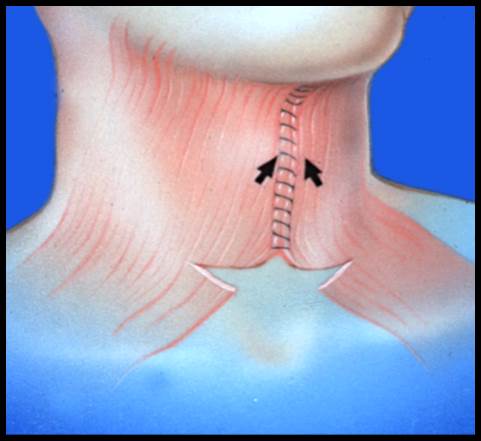


Leave a Reply